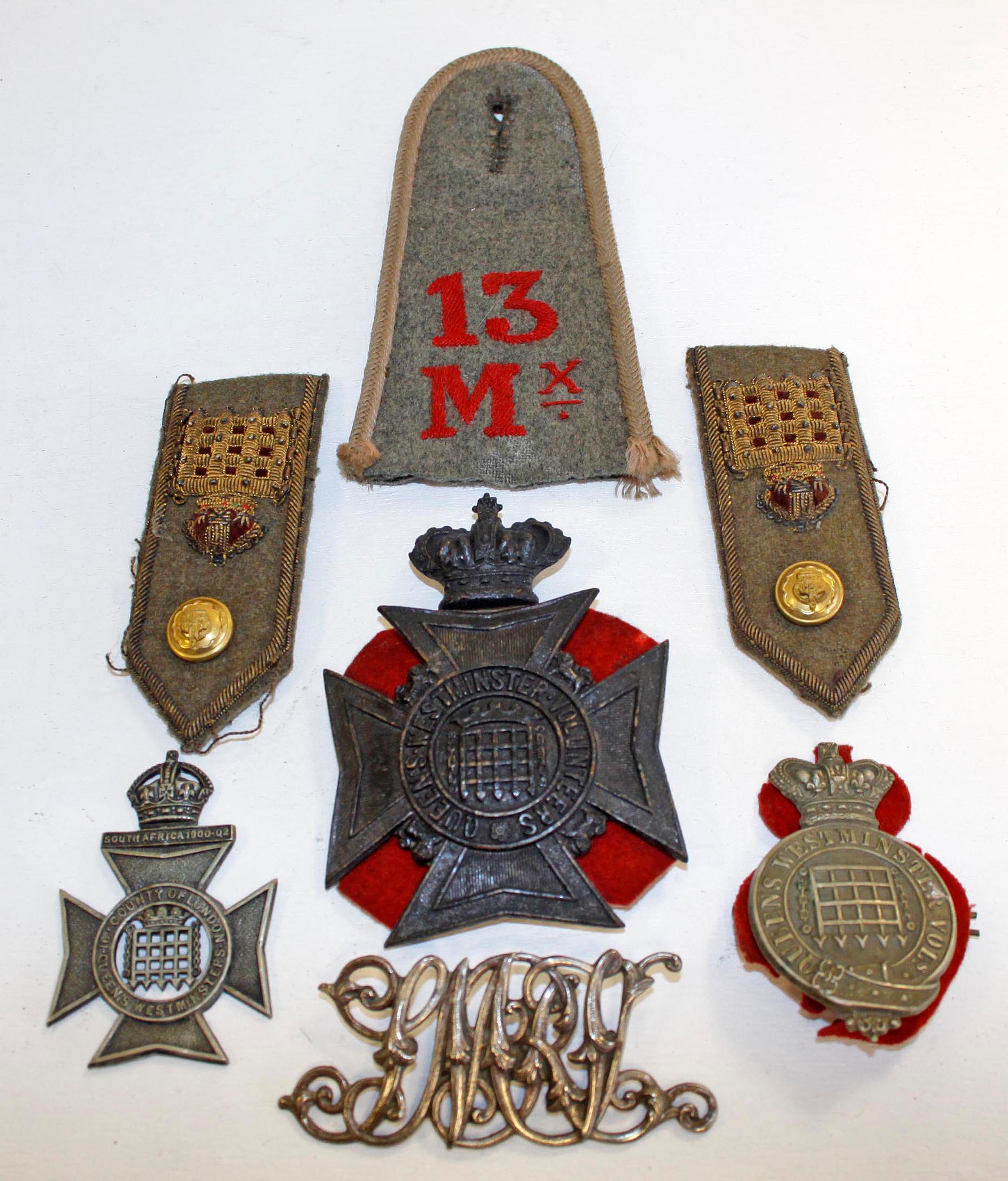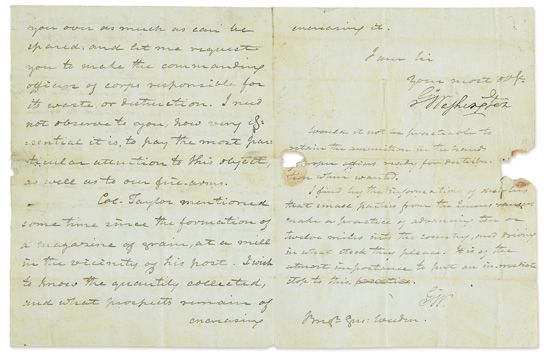The wrist escutcheon and barrel markings from this musket are shown in figures 110 and 111 on page 66 of "Muskets of the Revolution" by Bill Ahearn. The Queen's Rangers were formed in 1776 on Staten Island and later became known as Simcoe's Rangers. This was a Loyalist unit of mostly American colonists loyal to the king. They were named for Queen Consort Charlotte, who was the wife of King George III. The unit was raised by Robert Rogers in New York and was comprised mainly of loyalists from Westchester and Long Island. They quickly grew to 937 officers and men, organized into 11 companies. The Rangers were involved in the Battle of Mamaroneck, where they suffered heavy losses before distinguishing themselves at the Battle of Brandywine in September of 1777. John G. Simcoe was given command of the unit in October 1777, when it became known as Simcoe's Rangers. They then fought in the Philadelphia Campaign and the unit surrendered at Yorktown, where they were then imprisoned in Winchester. In 1783, the regiment left New York for Nova Scotia and then disbanded. The musket is a standard Pattern 1769 Short Land Second Model with a round barrel with two British Ordnance proofs on top, near the breech. The top is engraved with regimental markings "QUEENS RANGERS". The "TOWER" marked lockplate is also engraved with a crown over "GR" in the center. Standard brass Pattern 1769 furniture with wrist escutcheon added at the time of issue and marked "A/174". Stock of classic British form with Brown Bess swell at ramrod entry ferrule. Two crown, one over "8" are stamped behind the triggerguard tang. Left side of stock with museum or collection number in white paint. Complete with its original iron ramrod. CONDITION: Barrel retains a mottled grey surface with some light pitting overall, some heavier at breech. Regimental markings are excellent. Lock is in its original flintlock configuration and retains a pitted grey patina with markings somewhat obscured. Brass shows scattered marks from use and a mustard patina. Stock has a pleasing surface with some dark oil stains, some minor chipping around lock. A couple minor splinters missing along right side of forend. Ramrod shows heavy pitting. An extremely historic musket that saw extensive American use. Name Value Accessories Barrel Length Caliber/Bore Drop at Comb Drop at Heel FFL Status Antique Length of Pull Manufacturer Model Paperwork Serial Number
The wrist escutcheon and barrel markings from this musket are shown in figures 110 and 111 on page 66 of "Muskets of the Revolution" by Bill Ahearn. The Queen's Rangers were formed in 1776 on Staten Island and later became known as Simcoe's Rangers. This was a Loyalist unit of mostly American colonists loyal to the king. They were named for Queen Consort Charlotte, who was the wife of King George III. The unit was raised by Robert Rogers in New York and was comprised mainly of loyalists from Westchester and Long Island. They quickly grew to 937 officers and men, organized into 11 companies. The Rangers were involved in the Battle of Mamaroneck, where they suffered heavy losses before distinguishing themselves at the Battle of Brandywine in September of 1777. John G. Simcoe was given command of the unit in October 1777, when it became known as Simcoe's Rangers. They then fought in the Philadelphia Campaign and the unit surrendered at Yorktown, where they were then imprisoned in Winchester. In 1783, the regiment left New York for Nova Scotia and then disbanded. The musket is a standard Pattern 1769 Short Land Second Model with a round barrel with two British Ordnance proofs on top, near the breech. The top is engraved with regimental markings "QUEENS RANGERS". The "TOWER" marked lockplate is also engraved with a crown over "GR" in the center. Standard brass Pattern 1769 furniture with wrist escutcheon added at the time of issue and marked "A/174". Stock of classic British form with Brown Bess swell at ramrod entry ferrule. Two crown, one over "8" are stamped behind the triggerguard tang. Left side of stock with museum or collection number in white paint. Complete with its original iron ramrod. CONDITION: Barrel retains a mottled grey surface with some light pitting overall, some heavier at breech. Regimental markings are excellent. Lock is in its original flintlock configuration and retains a pitted grey patina with markings somewhat obscured. Brass shows scattered marks from use and a mustard patina. Stock has a pleasing surface with some dark oil stains, some minor chipping around lock. A couple minor splinters missing along right side of forend. Ramrod shows heavy pitting. An extremely historic musket that saw extensive American use. Name Value Accessories Barrel Length Caliber/Bore Drop at Comb Drop at Heel FFL Status Antique Length of Pull Manufacturer Model Paperwork Serial Number
/99904/Internet%20Image%201.jpg)

/120799/Internet%20Image%201.jpg)
/80222/Internet%20Image%201.jpg)









Try LotSearch and its premium features for 7 days - without any costs!
Be notified automatically about new items in upcoming auctions.
Create an alert